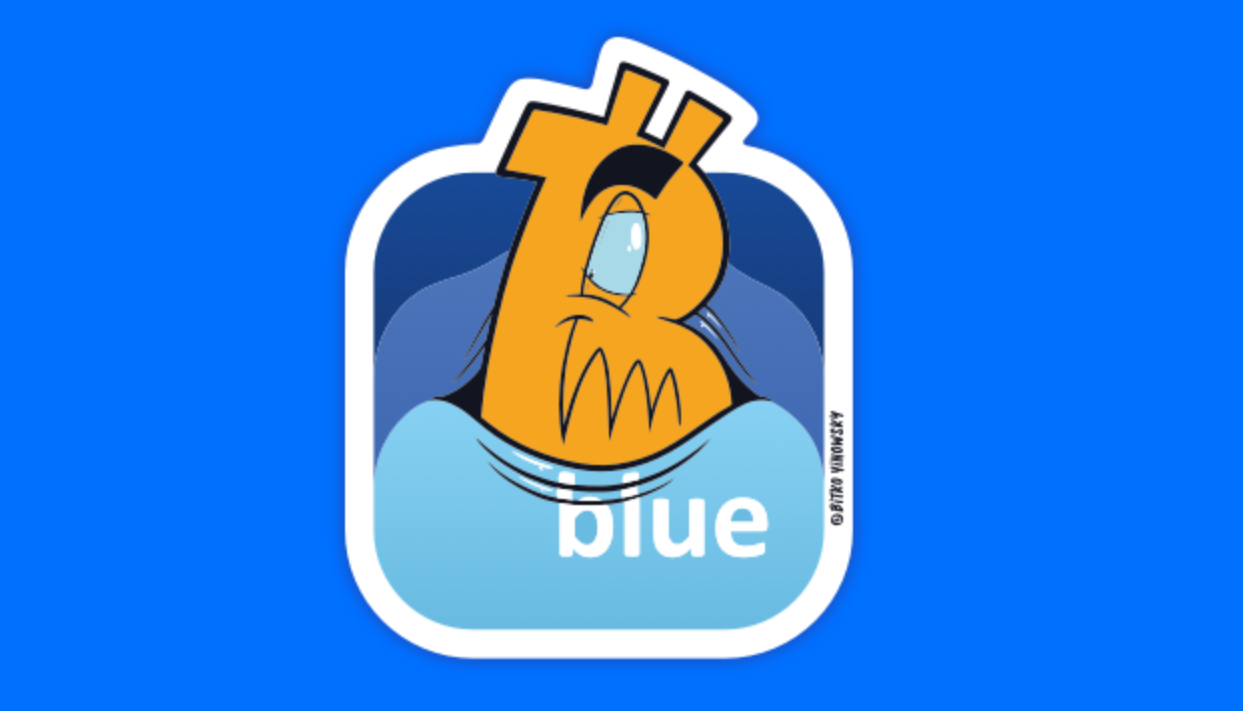Introductory tutorial for newbies to bluewallet wallet trading
- WBOYWBOYWBOYWBOYWBOYWBOYWBOYWBOYWBOYWBOYWBOYWBOYWBOriginal
- 2024-09-02 14:49:01362browse
BlueWallet transaction guide: 1. Create transaction: enter the recipient address and amount. 2. Set fees: Select a fee level. 3. Review transactions: Check address and amount accuracy. 4. Send Transaction: Confirm the transaction and provide biometric or password authorization. 5. Confirm Transaction: Track transaction status in transaction history. Things to note: Make sure the address is correct, choose the appropriate fee, carefully review transaction details and back up your wallet.

BlueWallet Wallet Trading Guide
Introduction
BlueWallet is a leading Bitcoin wallet, known for its ease of use and security. This article will guide you through trading with BlueWallet.
Transaction steps
1. Create transaction
- Open the BlueWallet app.
- Click the "Send" button.
- Enter the recipient’s Bitcoin address and amount.
2. Set fee
- Select a fee level. Higher fees will result in transactions being confirmed faster.
3. Review transaction
- Check the transaction details carefully to make sure the address and amount are correct.
4. Send transaction
- Click the "Send" button to confirm the transaction.
- Your biometrics or password will be required to authorize the transaction.
5. Confirm transaction
- The transaction will be broadcast to the Bitcoin network.
- You can track the transaction status in the transaction history.
Notes
- Make sure the recipient address is correct.
- Choose an appropriate fee level to balance transaction time and fees.
- Carefully review transaction details before sending to avoid mistakes.
- Back up your wallet in case of loss of funds due to lost or damaged device.
The above is the detailed content of Introductory tutorial for newbies to bluewallet wallet trading. For more information, please follow other related articles on the PHP Chinese website!

